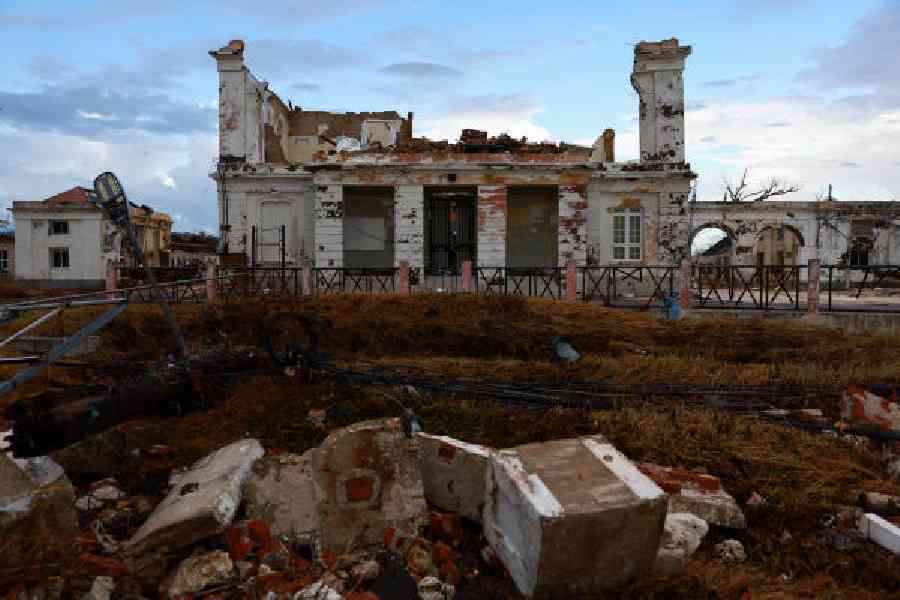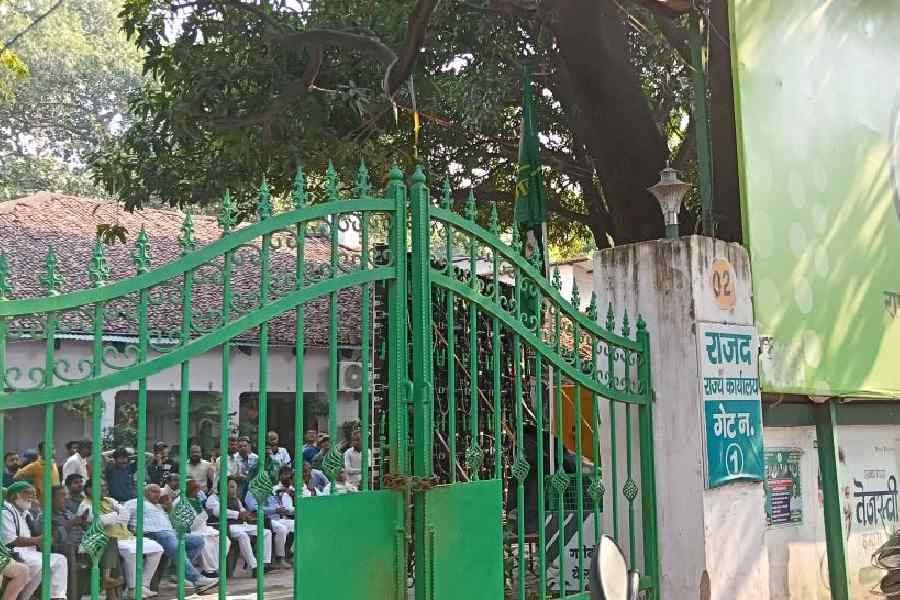It would be a stretch to call the dark, doorless cement slab where Sashoya Wynter and members of her family are living a "shelter". But it is where they have been sleeping and cooking since Hurricane Melissa destroyed not just their home, but also the elementary school where they sought refuge during the storm.
The family, including six children, is residing in what appears to have been a storeroom of what’s left of All Souls Anglican Church in Brompton, not far from the southwest Jamaican shore that experienced the brunt of the hurricane’s fury.
By day, Wynter's younger brothers and sisters stand along the busy road outside holding cardboard signs begging for food and water. By night, Wynter, 22, and her mother take turns keeping watch, because they are afraid of being assaulted by strangers.
“We are sleeping in fear,” Wynter said.
That the church grounds also contain a graveyard does not ease her anxiety.
More than two weeks after Hurricane Melissa wrecked western Jamaica as a Category 5 storm, killing at least 45 people, the authorities are beginning to take stock of the staggering losses.
As international aid organisations, church groups and the US and Jamaican militaries fly pallets of relief to isolated communities, officials fear the enormous challenge that lies ahead: what will happen to the thousands of families left homeless by the storm.
Relief agencies are still focusing on the immediate urgent need for food and water for the approximately one million people affected by the storm. But they say the mission must soon shift to putting roofs over the heads of those whose homes collapsed, a daunting challenge that the Jamaican government is not prepared to meet on its own.
Experts say no government would be ready to adequately respond to the kind of monumental crisis faced by Jamaica, a developing island nation largely dependent on tourism. Government officials acknowledge that it will take the help of international aid groups, the US and countries in Europe and Asia to tackle the challenges ahead.
About 146,000 structures in Jamaica sustained major damage, including the loss of roof or walls, affecting at least 90,000 families "direly", Alvin Gayle, commander of Jamaica’s Office of Disaster Preparedness and Emergency Management, said on Thursday. The number of damaged buildings keeps increasing as officials conduct more assessments, he said.
Storm damages are estimated to run as high as $7 billion, officials said.
Satellite data and drone footage showed that many houses sustained severe or catastrophic damage, and large sections of the country are still without power and water, said Dana Morris Dixon, who as minister of education, youth, skills and information serves as a government spokesperson.
“It’s essentially about a third of the country that is impacted significantly,” she said in an interview. “We are just under three million population — to have that many people be affected is huge.”
The government’s first priority was getting water to areas that needed it and clearing roads so that help could get to marooned communities, she said. But the rainy season is still underway, and many people are living in the demolished ruins of their houses, exposed to the weather.
“We have to put a focus on shelter,” she said.
New York Times News Service










